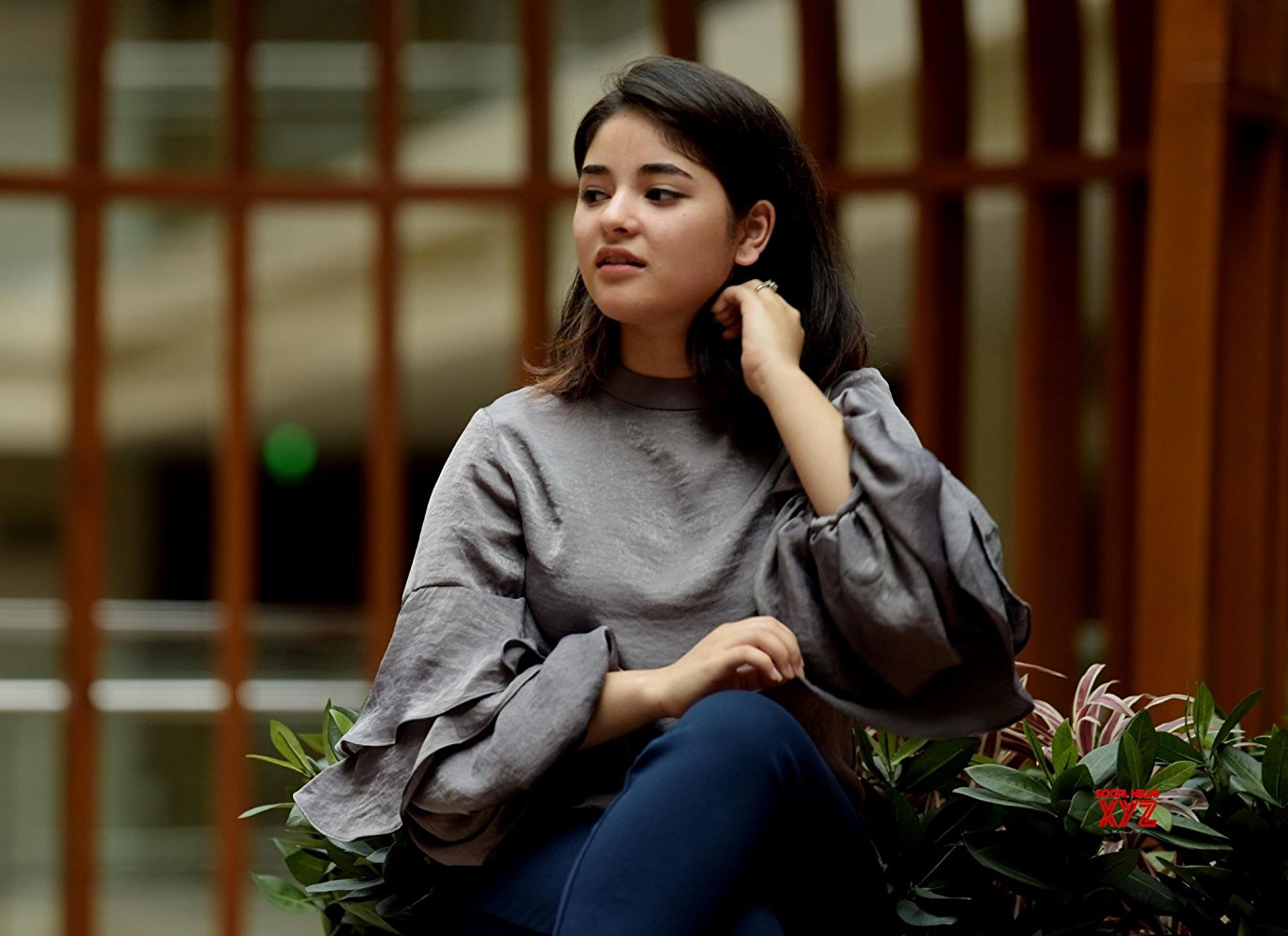Urdu Poems- A zephyr for the soul, an elixir for the brain: New Research by CBMR, Lucknow.
This news comes all the way from city of Nawabs- Lucknow, India where recent study by the Center for Bio-Medical Researches (CBMR), Lucknow, gave away that reading Urdu passages helps in brain development. Researchers have now realized that reading an Urdu couplet is not only delightful for your soul, but also an elixir for your brain.
This research has made it to the recent edition of international neurology journal ‘Neuroscience Letters’. It has shown that reading the Urdu language involves predominant involvement of the frontal cortex of brain which controls one’s personality and a number of cognitive functions like decision making, coping with stress, the ability to determine good from bad, emotional control, processing and analysing information. Besides helping children with learning disabilities, learning Urdu also has a role in delaying the onset of dementia.
Mr. Uttam Kumar, a faculty member and researcher in the department of neuroimaging at CBMR, selected subjects from the city and researched on them. He said the conclusion was drawn on the basis of mapping the brain using functional magnetic resonance imaging (MRI) technique, a world-class technology used to study structural and functional aspects of the brain, of subjects when they read Urdu text for a stipulated time.
The research observed that it created a certain pattern in the brain which can be identified by linking different neurons involved as found when learning a language. Though the basic contour of this pattern for all languages is the same, the architecture of the pattern tends to vary at a micro level because of individual language scripts and subsequent phonetics. Languages can also be differentiated on the basis of their specific orthography or difference between grapheme (seeing written letters) and phoneme (encoding and translating the written matter into speech) mapping.
They used grapheme-phoneme mapping which divides languages into ‘transparent’ (easy to learn) or ‘deep’ (difficult to learn). For example: Hindi and German are transparent while English and French are deep. So, comparatively Urdu is the deepest language of all, and therefore reading and comprehending it utilize more areas of the brain, which is good for mental health. Kumar stated, “Urdu has two more advantages over others — visual complexity of letters and direction of writing.” The work examined effects of grapheme-phoneme mapping over neural regions in bilingual people and suggested that Hindi and Urdu made a good combination. “This works very well because they are mutually comprehensible languages and have a shared vocabulary,” Kumar said.
Their subsequent study found that reading Urdu involved predominant participation of the middle and superior areas of the frontal lobe of the brain. “Both these regions control majority of cognitive functions of the brain,” he said adding that its role in decision making was most important.
A research by Nizam Institute of Medical Sciences, Hyderabad, have already proved that bilingualism delays onset age of Alzheimer’s disease and other age related dementias, as well as the Urdu-Hindi combo was beneficial for children with learning disabilities, particularly dyslexia, as it improves functioning of the visual cortex in such unfortunate children.
The clinical value of this research is yet to be proved in everyday practice. Although, this is definitely a good news for all those Urdu lovers out there, who not only love this language for its pristine and respectful manner of expressing sentiments, but also is one of the most beautiful languages to have ever been wrought up.
Dr Aafreen Kotadiya
MGM University








